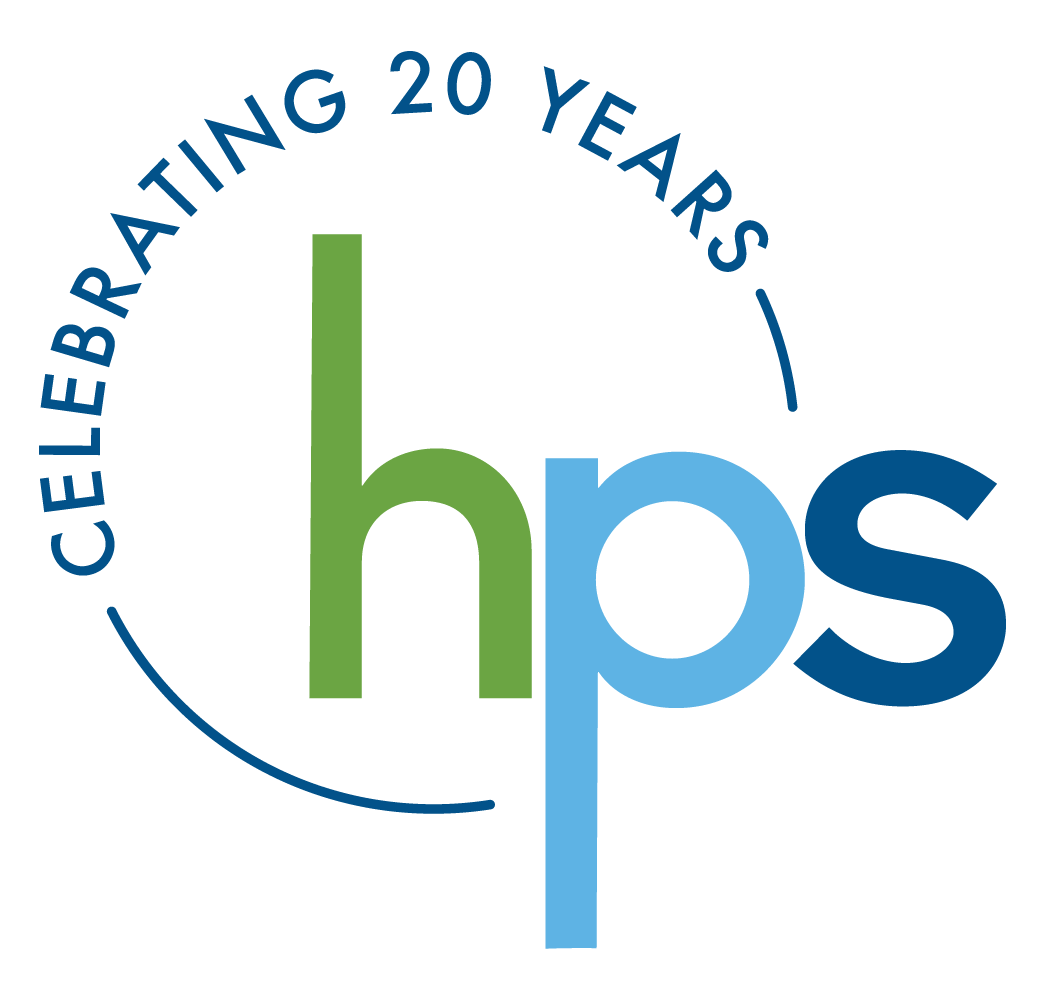The American College of Obstetricians and Gynecologists Updates its Suspected Intraamniotic Infection Diagnosis Recommendations
The American College of Obstetricians and Gynecologists Updates its Suspected Intraamniotic Infection Diagnosis Recommendations
May 15, 2024
By Emily Lowder
In a recent publication, the American College of Obstetricians and Gynecologists (ACOG) updated its recommendation in the Committee Opinion for the diagnosis of suspected intraamniotic infection to reflect recent findings that postpartum maternal deaths may be attributable to intraamniotic infection despite the absence of maternal fever.
That study, published in 2015, found during postmortem review that 18% of maternal patients who died were found to have an intrauterine infection. [1]. However, a number of these patients did not present with a fever. ACOG writes that maternal fever may not be “relied on as a uniformly present diagnostic criterion for severe maternal infection.” [2].
Due to this finding, ACOG updated its diagnostic guidelines for intraamniotic infection, which now state, “…the diagnosis of suspected intraamniotic infection is made when the maternal temperature is greater than or equal to 39.0 C or when the maternal temperature is 38.0 – 38.9 C and one additional clinical risk factor is present. The diagnosis of suspected intraamniotic infection may also be made in the absence of maternal fever when other associated clinical signs and symptoms are present.” (emphasis added). [3].
This change is sure to have significant effects on maternal health moving forward, as well as the course of treatment for patients, which may include evacuation of the uterus depending on the viability of the pregnancy. With the current challenges in maternal health due to more stringent, and at times, antagonistic laws on abortion, treatment options for women diagnosed with suspected intraamniotic infection may prove to be controversial.
[1] ME Bauer, RP Lorenz, ST Bauer, K Rao, & FW Anderson, Maternal deaths due to sepsis in the state of Michigan, 1999-2006, 126 Obstet Gynecol 747-52 (2015).
[2] American College of Obstetricians and Gynecologists, Neil S. Silverman, Richard H. Beigi, Andrea D. Shields, Allison S. Bryant, Mark A Turrentine, & Christopher M. Zahn, Update on Criteria for Suspected Diagnosis of Intraamniotic Infection, ACOG (2024).
[3] Id.
Disclaimer: This publication is not intended to provide legal advice but to provide general information on legal matters. Transmission is not intended to create and receipt does not establish an attorney-client relationship. Readers should seek specific legal and/or medical advice before taking any action with respect to matters mentioned in this publication. The attorney responsible for this publication is Emily Lowder. This post constitutes a form of attorney advertising as defined by some state bar associations.



